CHAPTER 16: Two Sides of the Cuban Saga: Repression and Resistance
Among the writers on the island who dared to take a stand against the Castro tyranny, Roberto Luque Escalona managed to smuggle out of Cuba the manuscript of a combative book he wrote, which was published in the United States in 1992 under the English title The Tiger and the Children: Fidel Castro and the Judgment of History. It lays bare Castro’s deceitfulness and brutal repression and explains why history will unequivocally condemn him.
While this was going on in Cuba, most of the exile activists in the United States also shifted to peaceful resistance after the botched Bay of Pigs invasion and the Missile Crisis. They all basically had the same goal—the freedom of Cuba—but their strategies and methods of operation differed.
The distinguished Cuban exile professional Luis V. Manrara was one of the first activists who recognized the urgent need to counter Castro’s deceptive propaganda campaign to seduce or neutralize US government officials and opinion leaders. In 1961, he founded the Truth About Cuba Committee, which disseminated solid, unadulterated information on the Communist regime, the suffering it inflicted on the Cuban people, and the threat it posed to the rest of the hemisphere.
With unwavering tenacity and devotion, Luis and his colleagues circulated a large number of publications in English and Spanish that set the record straight on the Castro revolution, and he personally participated in over six hundred interviews, lectures, and debates on Cuba. Luis’s goal—to enlighten public opinion on Cuba—did not vanish with him. It was pursued, professionalized, and expanded later, with additional resources, by the Institute for Cuban and Cuban American Studies at the University of Miami under Jaime Suchlicki and by the Cuba program offered by Florida International University.
Another stalwart anti-Castro activist was Elena Mederos—a scholar and staunch defender of human rights and women’s rights throughout most of her adult life. Castro appointed her minister of social welfare when he seized power in 1959, but she only remained five months in that post. She fled to the United States in 1961 and a few years later founded Of Human Rights in New York, along with Monsignor Eduardo Boza-Masvidal, Frank Calzon, and other activists.
The main purpose of this nonprofit organization was to denounce human rights violations in Cuba and advocate, through all available means, the release of political prisoners. Cuban American students from Georgetown University were engaged in this initiative. Moreover, several personalities, including Ambassador Jeane Kirkpatrick, supported the effort and gave national and international standing to the organization and its indefatigable torchbearer, Elena Mederos.
It is generally recognized that the most powerful and influential Cuban American leader in the decades of the 1980s and 1990s was Jorge Mas-Canosa. He came to the United States as a penniless refugee in mid-1960, when he was twenty-one; participated in one of the armed anti-Castro expeditions to Cuba; and like many others, initially held a succession of blue-collar jobs.
However, working nonstop and leveraging his business foresight and the contacts he made, Jorge built a major multinational infrastructure, engineering, and construction company, MasTec, involved in energy, utilities, and communications. He also had the good judgment to gradually turn over the management of the enterprise to his sons so he could pursue his highest personal priority: the liberation of his homeland, Cuba.
More than a priority, the freedom of Cuba was his passion. He realized over time that the military option was not available, so he and several other compatriots founded in 1981 the Cuban American National Foundation, designed to achieve or at least advance the liberation goal mainly through peaceful means.
In that quest, the foundation identified and supported «partners» on the island committed to spurring systemic political, economic, and social change through civic engagement, nonviolent activism, and community building. The foundation gathered inside information on the horrid conditions that prevailed in Cuba and disseminated this information worldwide to increase pressure on the Castro regime to end human rights violations and release political prisoners. As part of the work, the foundation also conducted extensive research and analysis to assess US policy proposals that could foster a democratic transition in Cuba.
But the one who personally sold to the White House and Congress actionable recommendations on US Cuba policy was Mas-Canosa himself. As noted by the New York Times on November 24, 1997, «For more than a decade, three American presidents [Ronald Reagan, GeorgeJ-I. W. Bush, and Bill Clinton] have sought [Mas-Canosa’s] advice on Cuban affairs. … Every significant piece of legislation on Cuba since 1980 has borne his imprint, from the establishment of Radio and TV Marti to last year’s [1996] Helms-Burton Act tightening the economic embargo on Cuba.»
In his patriotic mission, the combative Mas-Canosa was not exempt from criticism and, at times, heated controversy. His detractors slammed him with the epithets of intransigent, authoritarian, and power seeker. But that did not deter him from his noble pursuit; it energized him.
What Mas-Canosa did not foresee was that in 1997, when he was fifty-eight, at the apogee of his influence, lung cancer and other ailments would sap his strength and end his life. The Castro regime rejoiced with the news that the man they reviled and called the main leader of «the counterrevolutionary Miami mafia» was gone. But for the foundation and numerous Cuban American militants, his passing was a tragedy and a very big loss.
Nevertheless, the struggle continues, and although other anti-Castro organizations in the United States have also lost distinguished leaders with the passage of time, strong replacements have risen to carry the torch.
Jumping the Censorship Firewall
Many people, including recent visitors to the island, don’t quite realize that the Cuban population is still subjected to brainwashing by the state, which controls not only education but also all newspapers and radio and television stations on the island. And to avert the free flow of information through social media that gave impetus to the Arab Spring, the Castro regime’s agency ETECSA has kept until recently a very tight rein on telecommunications.
As a result, only a small percentage of Cubans had home access to the internet, and most of those who enjoyed that privilege were subservient to the government. Moreover, not many of Cuba’s eleven million people had cell phones.
In early 2015, the Castro regime agreed with a United Nations agency to get the Web into 50 percent of Cuba’s households by 2020 and to achieve 60 percent mobile phone access.» The announcement was welcomed by many, but the initial steps taken by the regime were ludicrous. To expand access to the Internet, only three dozen Wi-Fi hot spots were introduced in 2015 around the island with restricted connectivity, continued surveillance, and largely unaffordable fees. By 2017, several hundred Wi-Fi connection points had opened in parks and plazas across the country.
Despite the slow Wi-Fi expansion, the Obama administration decided to terminate some of the USAID programs it had launched or supported to circumvent the Castro regime’s censorship firewall with technologies and devices, including satellite phones.
The Cuban ruler, not content with jamming the broadcasts of the US-financed Radio and Television Marti, modeled after Radio Free Europe / Radio Liberty during the Cold War, demanded that the Martis be closed altogether as a condition to normalize relations with the United States.
But what threw cold water on Obama’s expectation that the US-Cuba thaw would induce Castro to relax censorship was Google’s surprising rebuff on the island. Hoping to have better luck in Cuba than Telecom Italia in 1995-2011 and France’s Alcatel in 2011-2012, Google made an offer in 2015 that it thought the Castro regime could not refuse: free Wi-Fi access to all of Cuba. The regime’s response: Thanks, but no thanks.
After repeated attempts to strike a deal with the Castro regime, Google was allowed in December 2016 to «speed up internet service» on the island. But since the vast majority of Cubans did not have access to the internet, the deal then benefited only a small percentage of the population.
José Ramón Machado Ventura, Cuba’s first vice president of the Council of State and of the Council of Ministers, explained why the government turned down Google’s offer in an interview with Juventud Rebelde newspaper quoted by the Havana Times (English version):
«Everyone knows why there isn’t more internet access in Cuba: because it is costly. There are some who want to give it to us for free, but they don’t do it so that the Cuban people can communicate. Instead their objective is to penetrate us and do ideological work to achieve a new conquest. We must have internet, but in our way, knowing that the imperialists intend to use it… to destroy the revolution.»
Even more telling than Machado Ventura’s Communist tirade was the Castro regime’s announcement that telecommunications will remain a state monopoly. This means, of course, that private investors and suppliers interested in modernizing and expanding telecommunications in Cuba will have to deal solely with the control-freak government.
Despite the hurdles and risks involved, Cubans continued to search for loopholes to penetrate the thick censorship wall. One of the loopholes they exploited was provided by some of those managers, doctors, and academics loyal to the regime who were allowed to have home internet accounts. A number of them used this perk to supplement their meager salaries by selling their usernames and
passwords for around $30 a month, often several times over.
A host of ingenious and daring Cubans managed to set up clandestine Wi-Fi networks in various neighborhoods across the island before the state security started to clamp down. These networks offered their members, for about $10 a month, access to unfiltered news, movies, TV shows, and computer games. The fee often included a weekly paquete—a compilation of movies, telenovelas, sports, and news reports put together abroad and passed around using DVDs or USB flash drives.
Among the talented communications risk-takers in Cuba are the independent bloggers who ply their computing skills to find a space, albeit narrow, for free expression. The most prominent is the forty-one-year old Cuban philologist Yoani Sanchez, best known for her blog Generation Y. She circumvents government censorship by emailing entries to friends outside Cuba, who in turn post them online.
A self-taught wizard in information technology, Yoani started her blog in 2006—»an exorcism, a virtual catharsis,» she calls it. Translated into seventeen languages, this «catharsis» is read worldwide. It vividly describes what life is like in Cuba today, smashing the myths disseminated by the Castro regime and revealing the suffering and yearnings of the Cuban people.
In 2014, Yoani launched Cuba’s first independent general-interest website called 14ymedio, committed to defending truth, liberty, and human rights, but without a militant, ideological agenda. Although it avoided any frontal criticism of the dictatorship, the project was hacked by Castro’s propaganda department, directing viewers inside Cuba to a website critical of Ms. Sanchez. The cyberattack did not affect viewers abroad. Given Yoani’s celebrity status and deft balancing act, she has so far escaped imprisonment.

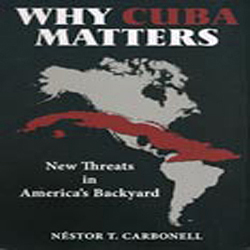

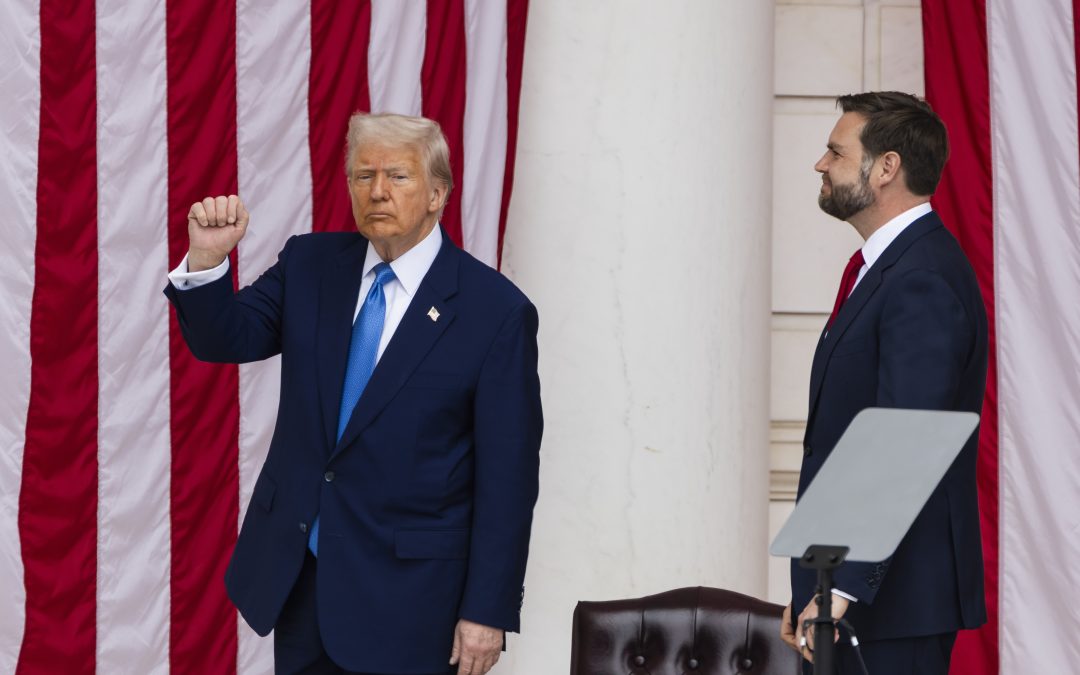
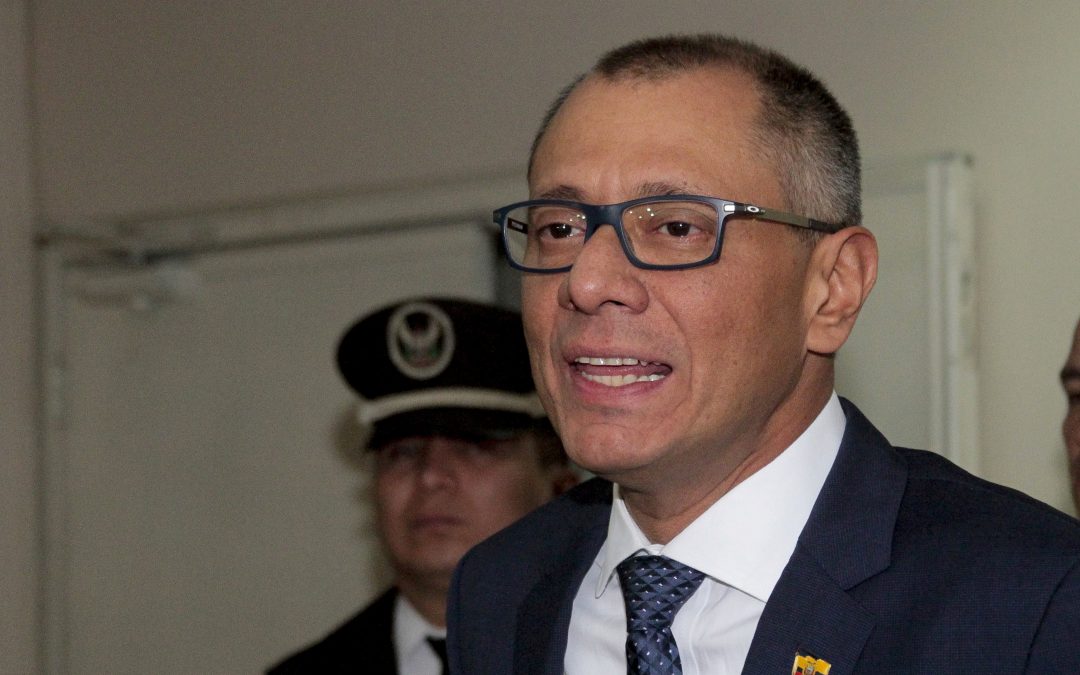
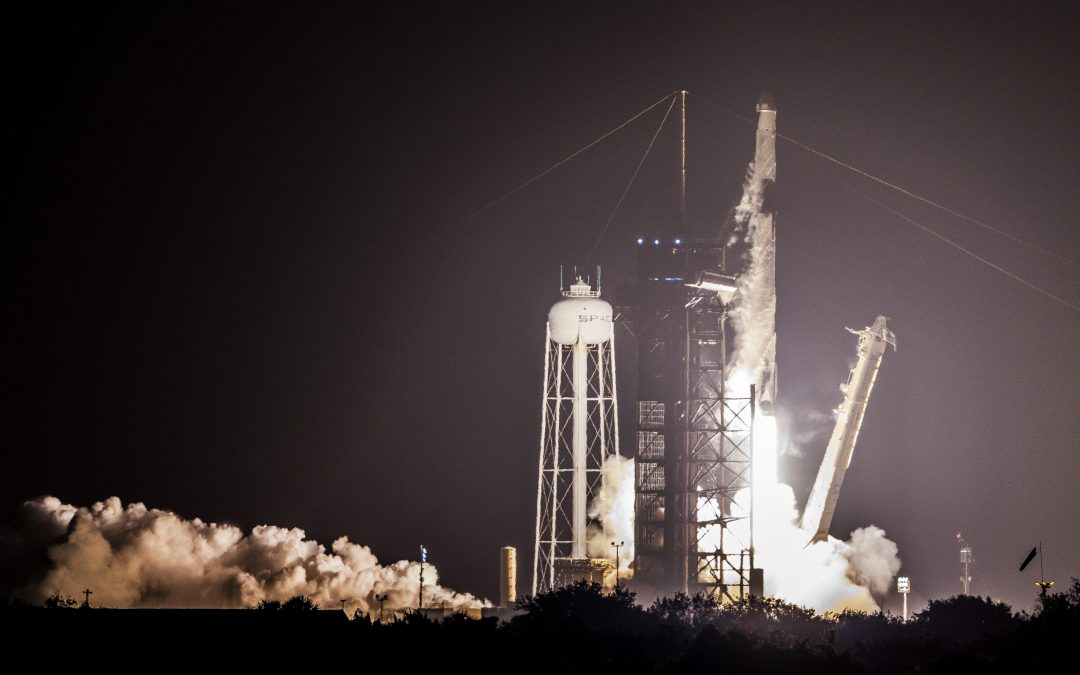
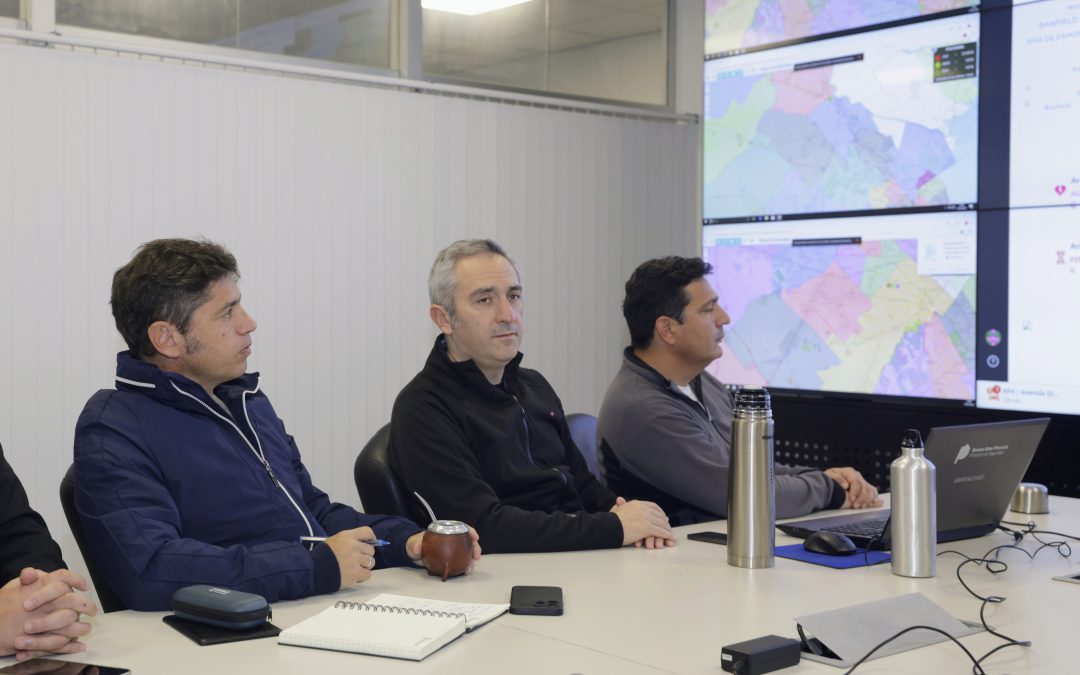




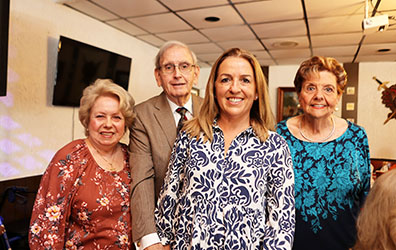


0 comentarios